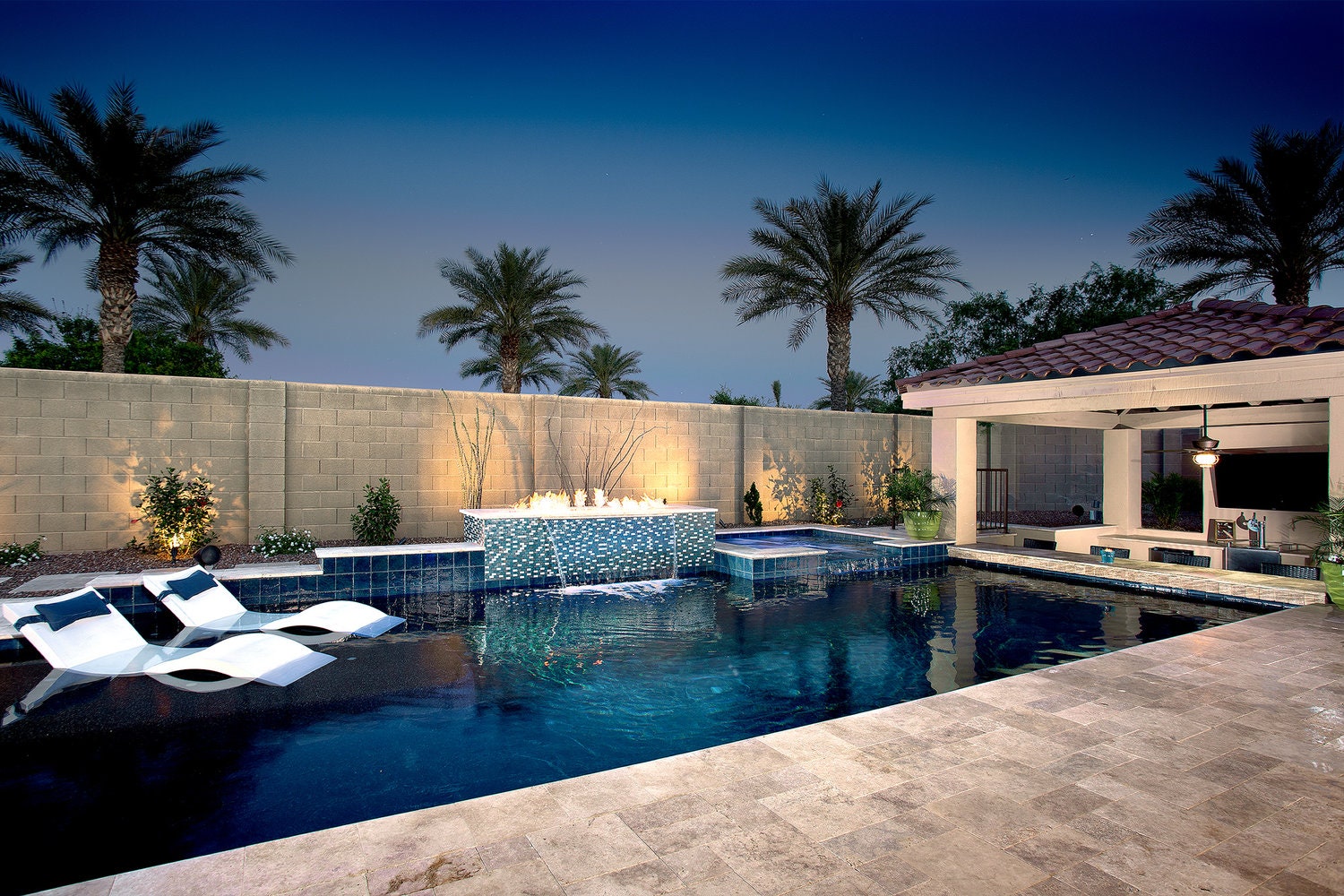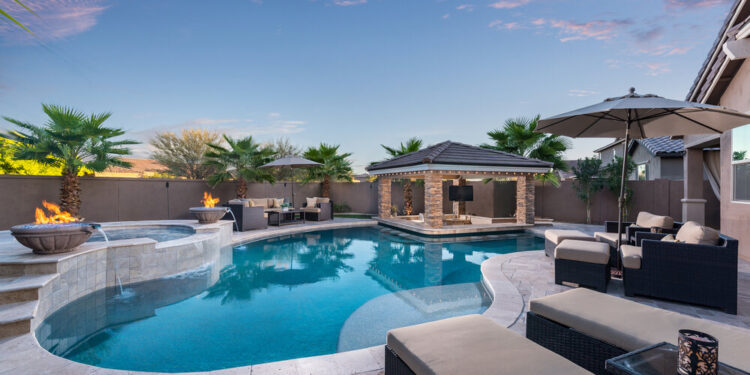Whether you use your pool mainly for exercise purposes or you like to relax in it, you need to think carefully about its potential dangers. Home pools are the cause of many accidents every year, and frequently these accidents could have been avoided or minimised through effective safety measures. Here’s our guide to home swimming pools, and how to enjoy them safely.
Slips and trips
Let’s start outside the pool. The area immediately surrounding your pool will inevitably get wet – whether it is water sloshing over the side due to turbulence or wind, splashes from people jumping in or playing with pool toys, or simply the water coming off people getting out of the pool.
Wet floors are naturally more slippery due to the reduced traction and, while a slip and fall accident can result in an injury anywhere it occurs, poolside is particularly risky as people can slip and fall into the water – if they are knocked unconscious on the way, the consequences could be very severe.
The best way to minimise the risk is to install poolside matting – it will allow water to drain away through holes/perforations/slats and give a good level of grip to people walking on it.
For extra safety – get poolside matting that has an antimicrobial and antifungal finish. This will reduce the chances of bacteria and infections such as verrucas spreading from person to person.

Be sensible
The rules in effect at public pools are not there to ruin your fun – they are established best practice for remaining safe in and around the pool:
- Never run near a pool, slipping or tripping at speed maximises your likelihood of a serious injury.
- Don’t jump into the pool unless you are 100% sure there is no-one in the way (including beneath the surface) and that there is sufficient depth to accommodate you.
- Keep alcohol consumption to a minimum to ensure that you, your family and guests don’t make dangerous decisions.
Install electrics carefully
If you are installing lighting, heating or sound systems near your pool, be extremely diligent when it comes to burying any cables, using extra insulation and waterproof controls/switches. Also, make sure that your equipment itself is securely positioned and attached to something immovable (a post, wall or fence, for example) to make sure it cannot fall into the pool.
Fencing and gates
If your pool is outdoors it is good practice to fence the area and install a gate. This will prevent you, your family and any guests from accidentally wandering into the pool, and will stop pets from getting trapped in the water. Make sure the gate is lockable and can’t be squeezed through or climbed over – kids in particular will often be tempted to go for an unsupervised swim, and this is when the most dangerous accidents can occur.
For indoor pools, a lockable door should be sufficient – just be sure to keep the key in a safe place.
Monitor the water
Your pool water should be within acceptable levels of acidity/alkalinity (the pH level) and should be kept clean and filtered. Make sure that any water treatment equipment (pumps, filters, chemical feeders, etc) are checked regularly to ensure they are operating well and are not blocked. You should check your chlorine and pH levels every few days.





